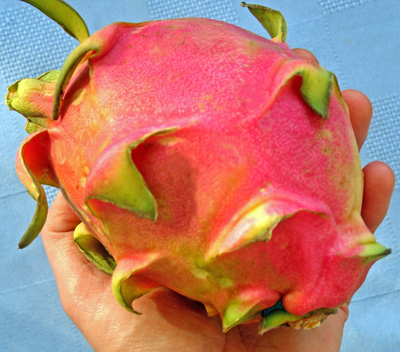The Sansevieria, also known as "Snake plant" or "Mother-in-law's Tongue" is a succulent that is quite common in Trinidad. Who knew that it could have amazing potential as an indoor air purifier.

NASA conducted a 25 year study of this same plant you probably had growing in your yard since childhood. They found that it has an excellent capacity for absorbing 107 unknown air pollutants including carbon monoxide and nitrogen monoxide. Another study by Wolverton Environmental Services found that it also absorbs formaldehyde, chloroform, benzene, xylene and trichloroethylene. Indoor air pollutants can cause a wide range of health risks such as skin irritation, eye irritation, dizziness, weakness, headache, nasuea, blurred vision and respiratory diseases.
Many studies have proven that Sansevieria not only absorbs indoor pollutants, but also can eliminate bad odours. New furniture, varnish, fresh paint or old carpeting are just a few of the typical odours that a pot of mature Sanseviera can help rid you of.
For our final collaboration Brigitte brought me a pot of this long blade variegated variety of Sansevieria. I've had it in my kitchen for around a week now and I can definitely say there is a noticeable difference.It looks really cool in the kitchen and goes really well with my other kitchen plant, a ground orchid, which looks very similar to the Sansevieria. Perhaps it too has unknown health benefits!
Check out Brigitte's post for more info on this amazing plant.
.jpg)






.jpg)




.jpg)






.jpg)



.jpg)





.jpg)



















